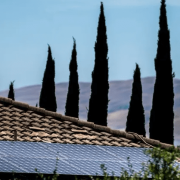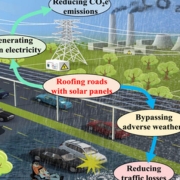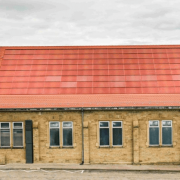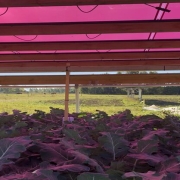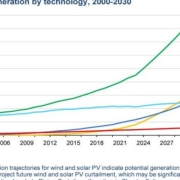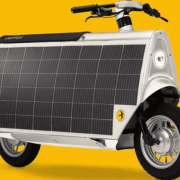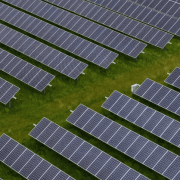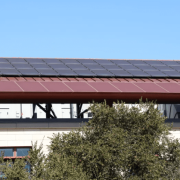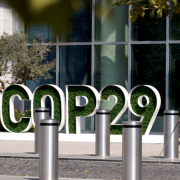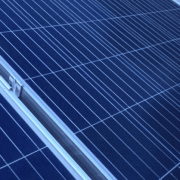For years, California utilities, regulators, and consumer advocates have argued that residents with solar panels on their rooftops are making electricity more expensive for everyone else in the state.
In August, a state agency released the latest report detailing this so-called cost shift caused by the rooftop solar industry. The report claimed that in 2024 alone rooftop solar will impose $8.5 billion in extra costs onto customers of Pacific Gas & Electric, Southern California Edison, and San Diego Gas & Electric, the state’s three major utilities.
But a new analysis commissioned by a distributed solar and storage trade group finds just the opposite — that California’s nation-leading 17 gigawatts of rooftop solar have actually saved customers about $2.3 billion on their utility bills this year.
Click here to read the full article
Source: Canary Media
—
If you have any questions or thoughts about the topic, feel free to contact us here or leave a comment below.

